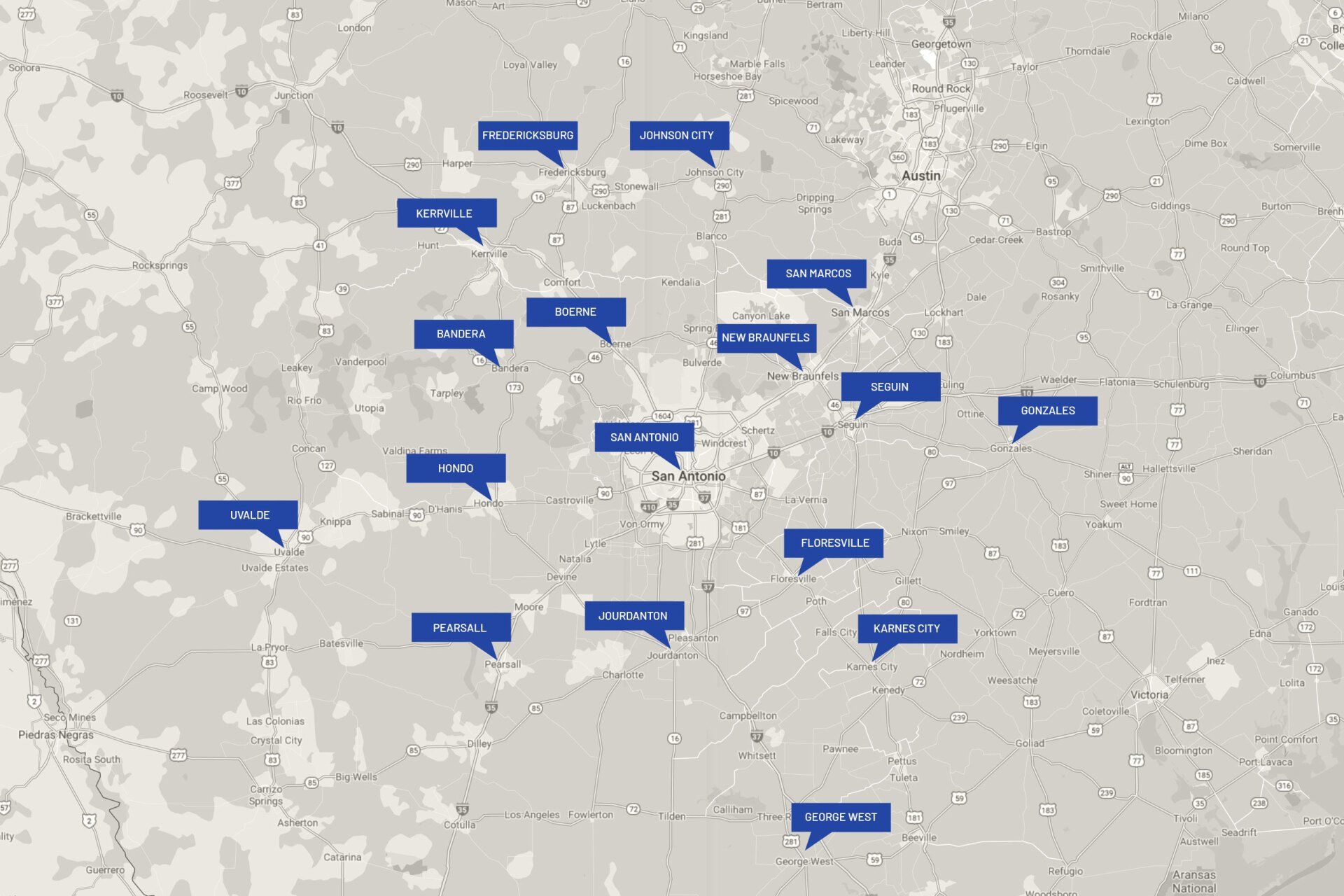Soaker Hose
It's been a wet season for much of the South Central Texas Region. This means, those homes with foundations built on expansive clay soil are likely at their optimum hydration levels. Soils are the healthiest and in their most expansive state and your foundation is likely performing at peak levels for the year. Are you ready for the three-figure temperatures as the sun kiln-bakes your clay soil? Have you taken preventative measures to maintain slab performance?
One of the simplest methods to ensure your soil stays hydrated, especially if your municipality is on water restriction - is to utilize a soaker, or "drip" hose.
First of all, What is a soaker Hose?
A soaker hose is a type of garden hose specifically designed to slowly release water directly into the soil. It is made of a porous material that allows water to seep out along its entire length, rather than spraying water like a traditional hose or sprinkler. The purpose of a soaker hose is to provide a slow, even, and deep watering for plants or specific areas in your garden. It helps to conserve water by minimizing evaporation and delivering moisture directly to the roots of plants. Soaker hoses are often used for watering flower beds, vegetable gardens, or around the foundation of homes to maintain a consistent moisture level in the soil.
To install a soaker hose to maximize your home's slab foundation performance, follow these steps:
How do I use a soaker hose for my foundation?
1. Determine the optimal placement: Identify the areas around your home's foundation where the soaker hose needs to be installed. These are typically the areas that are most prone to drying out or experiencing moisture imbalances.
2. Prepare the area: Clear any debris or vegetation from the soil around the foundation. This will ensure proper contact between the soaker hose and the soil.
3. Lay the soaker hose: Position the soaker hose in a serpentine or zigzag pattern around the foundation. The hose should be placed about 12-18 inches away from the foundation to ensure water reaches the soil and encourages a consistent moisture level.
Important:
Avoid placing the hose too close to the foundation to prevent excessive water accumulation.
4. Connect the soaker hose: Attach the soaker hose to a water source using a suitable connector or splitter. Ensure the connection is secure and leak-free.
5. Test the system: Turn on the water supply to check if the soaker hose is functioning properly. Make sure the water is evenly distributed along the hose, with no leaks or blockages. The soaker hose should also be 150 ft in length or less.
6. Set a watering schedule: Determine how often and for how long you should run the soaker hose. This may vary depending on factors such as climate, soil type, and foundation requirements. Aim for consistent, deep watering sessions to maintain the desired moisture level without oversaturating the soil. In most cases 15-30 minutes 2-4 times weekly when the sun has set or before it has risen.
7. Monitor and adjust: Regularly inspect the soil moisture around your foundation and observe any changes in your home's performance. Make adjustments to the watering schedule or hose placement if necessary.
Remember to consider local municipality codes, guidelines, and any specific recommendations from professionals or experts in foundation maintenance when installing a soaker hose for your home's slab foundation.
















